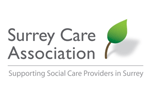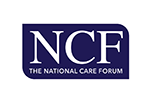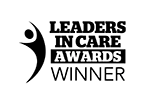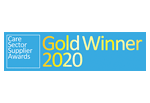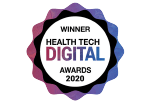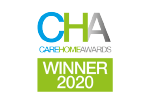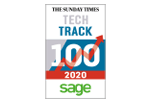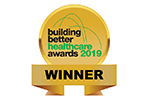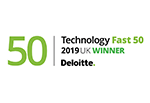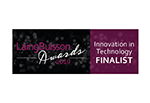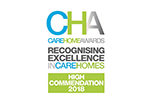What made you choose Person Centred Software?
A simple, easy-to-use system
“We looked at a number of systems when going through our evaluation procedure,” Melissa explained. “After conducting a thorough process to select the provider and digital system that would be best suited for us, we decided to opt for Person Centred Software’s digital social care record system (mCare) because we felt that PCS’s digital solutions had the most intuitive, simple-to-use platform.
“We also found that especially when it came to putting in a new system, opting for mCare would be beneficial because of the simplicity for users. For example, the staff really liked the icon-driven interface because it meant that they could save time when it came to recording at the point of care by not having to write the same care note repeatedly. They had more time to create detailed, personalised care notes.”
“Another thing about opting for Person Centred Software was the market share they had and still have today, which made us feel safer in terms of choosing them as a partner and provider of digital solutions.”
The implementation process
“In the beginning,” said Melissa, “we had a little bit of difficulty getting staff to accept the idea of moving away from paper records and using a digital social care record system instead. We had instances where people were a bit cautious about the change, but I’m pleased to say that this is something we have hugely improved on”.
“We learned a lot from our pilot programme,” said Joanne. “We were flexible in our delivery for each of the homes because every home is slightly different, whether that’s different environmental challenges or staff deployment and ways of working. What also made a big difference was the support we had from the learning and development team.”
Melissa agreed: “We found great success in the process we set up where our learning and development team liaised with the training team at Person Centred Software. We found that the training on offer from PCS really helped us to get to know the system. We then combined this with our own training approach to enhance staff performance in care planning processes and were supported by our national quality team as mCare was implemented across the group.
“Ultimately, our staff needed to demonstrate their understanding of the new system, and this was considered alongside the training statistics and the quality of the care records before they were signed off. We audited the standard of care records on PCS before we removed the paper care plan system.”
On the implementation from a regulatory position, Joanne concluded: “We were undergoing inspections halfway through the process of implementing mCare and some homes were still using paper but also transitioning to mCare. We had to manage that process carefully and demonstrate that we were managing risk. But generally, the regulators were just so relieved that we were bringing mCare in because they could see that there would be huge benefits.”
Has mCare benefitted overall efficiency and operations?
Greater oversight for evidencing of care
When we asked this question, both Melissa and Joanne were quick to answer. “100%, absolutely,” they both said in unison.
“There was an interesting learning curve for us,” Melissa commented. “It helped to improve standards significantly, but the increased visibility also meant we were seeing things that we wouldn’t have known before; it helped to expose improvements and strengths that we didn’t know we had so it helped us to know where our focus areas needed to be.”
“For the care staff,” Joanne said, “even though at the outset they were tentative about using handheld devices, in the end they really took to it – a lot of them expressed to me how much easier and clearer it was, and the home managers found that being able to see that information and not having to walk around searching for it was a big help.
“That was what stood out for me the most – it wasn’t just the benefits that the improved quality of care records and the accuracy of recording brought to our homes, it was also the amount of time that was saved.”
Joanne commented on the improved consistency of care records, saying: “Earlier, I said that with paper, about 25% of our homes required improvement, but now 100% of our homes are either good or outstanding and I put that down to the improved performance of our care records. The care was always good, but the records let us down previously.”
Recording notes at the point of care and the time it saves
“Being able to record care notes at the point of care was a huge benefit too,” Melissa added. “Before we started to implement mCare, I went into one of the homes to try and get a better understanding for how things were working. I watched how long it took the staff to do certain things like making cups of tea for residents then having to go back and write it down because they couldn’t take the paper in with them; they would have to deliver the care and remember what they’d done and write it down later.
But now with mCare, being able to record notes at the point of care means that we’ve been able to save, on average, about one and a half to two hours per shift, per staff member. This was huge for us. For staff to not have to spend all that time going back to a room to write up the notes, away from the residents, was really beneficial because it gave them more time to spend with residents.”
The biggest impacts of mCare
“From a clinical point of view,” said Joanne, “sometimes we find ourselves being overwhelmed by information. I tend to be someone who goes down a rabbit hole because once I open something up, I then go and look at the GP records and a number of other different sources of information. But for me, having that information all in one place has been a game changer.
“For example, if a member of staff phones up saying that they have a resident and tells us about something that has happened, which is something my quality team get quite regularly, they can just go and have a quick look at the care plan and almost immediately be in a position to give feedback and guidance”.
“We have much improved oversight of how the homes are managing risk and we’re able to identify, much more quickly, any homes that perhaps need a little bit of help and support, which is incredibly important because it means that residents aren’t being impacted by a slow decline that no one picks up on.”
“In terms of the records management side of things,” she continued, “when we get a GDPR request, for example, the time savings are just night and day. I can’t tell you how many hours I’ve spent in an archive room trying to find information. Just being able to go into the platform and within a matter of minutes we’ve got all the records and information we need just means that whole process of targeting the information we need and getting it back to the person who requested it has been sped up dramatically”.
“But I think for me, one of the biggest impacts has been the clinical development of nurses and senior carers by being able to coach them with care records available with mCare. As time has gone on it’s really helped us develop our own training and continues to do so, and it really has seen us make huge positive changes to our working practices.”
“From an operational perspective, I think things really changed as well,” said Melissa. “It meant that we as a support team, and the regional managers especially, can have remote access to things without needing to be in the home. It really helps with that kind of transparency and visibility.”
The Impact of GP Connect
“Having instant access to GP records was a real game-changer for us too,” Melissa continued. “I had hugely positive feedback from the staff about GP Connect – they loved being able to access information from the GP and this meant that they didn’t have to sit on hold to the GP every Monday morning at 8AM to get test results or anything of that nature.”
What advice would you give homes looking to switch from paper to digital solutions?
“There are a few different components to implementing something like mCare, so, if possible, it would be a good idea to invest in someone whose responsibility it is to oversee that process,” said Joanne.
“If you want to do it properly you need a control point for the different aspects of the implementation, such as the training, the implementation itself, the quality checks and the governance sign-off when you’re ready. This will help you to make best use of the technology and transform care in your care setting.”

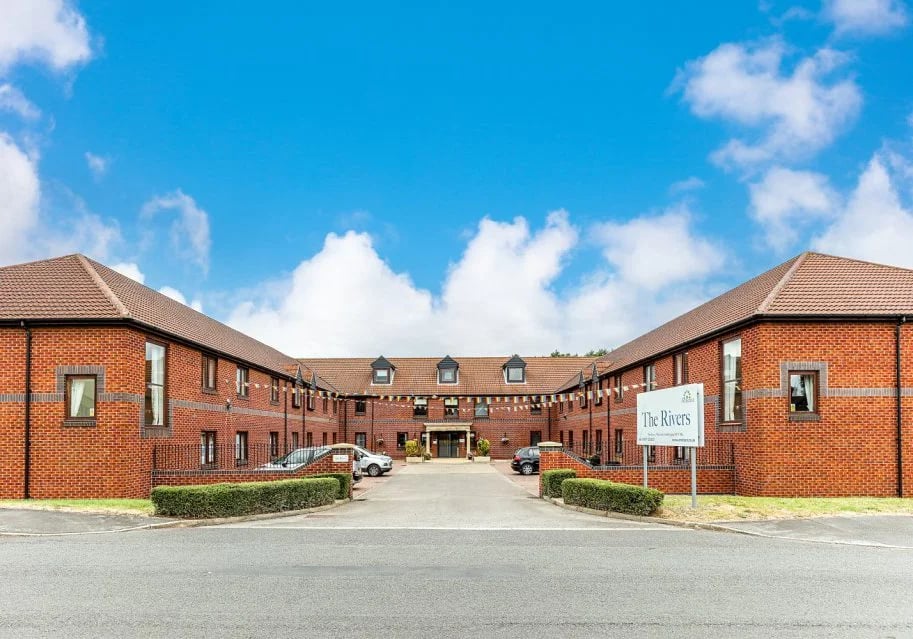
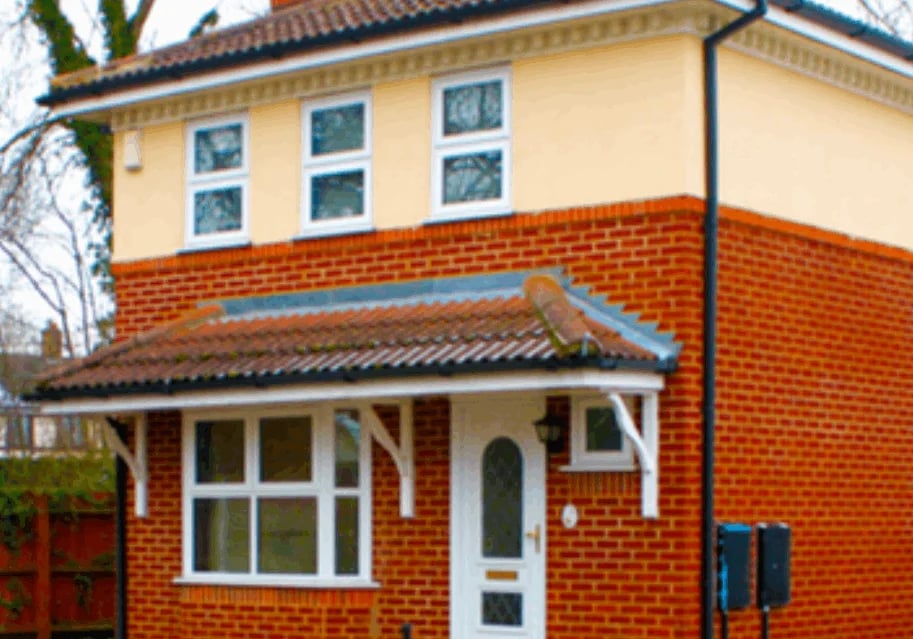
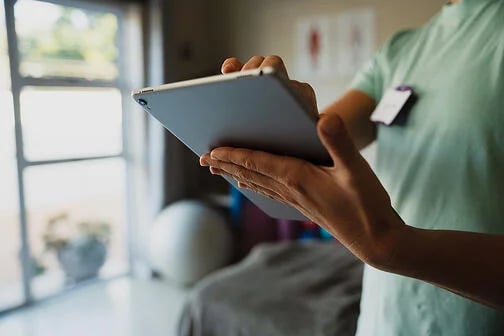


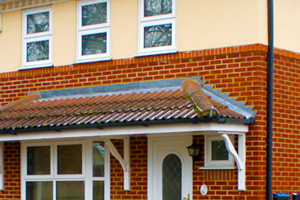
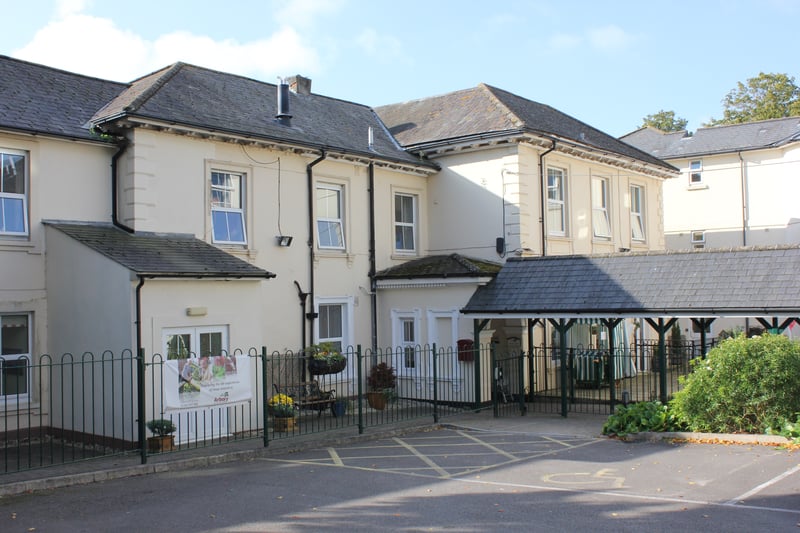
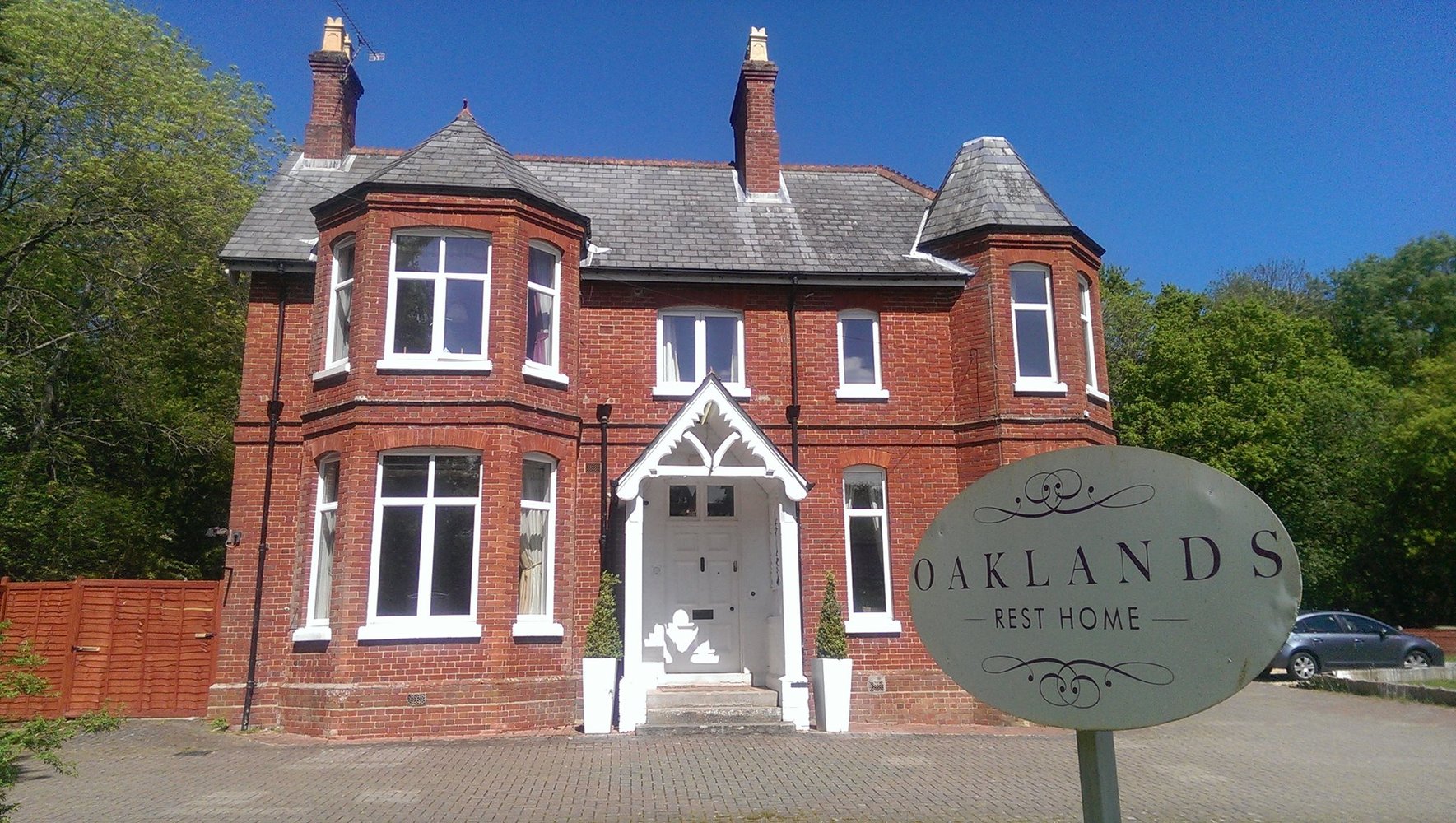

.webp?width=80&height=80&name=HTD%20Awards%202023%20Badge%20(4).webp)


